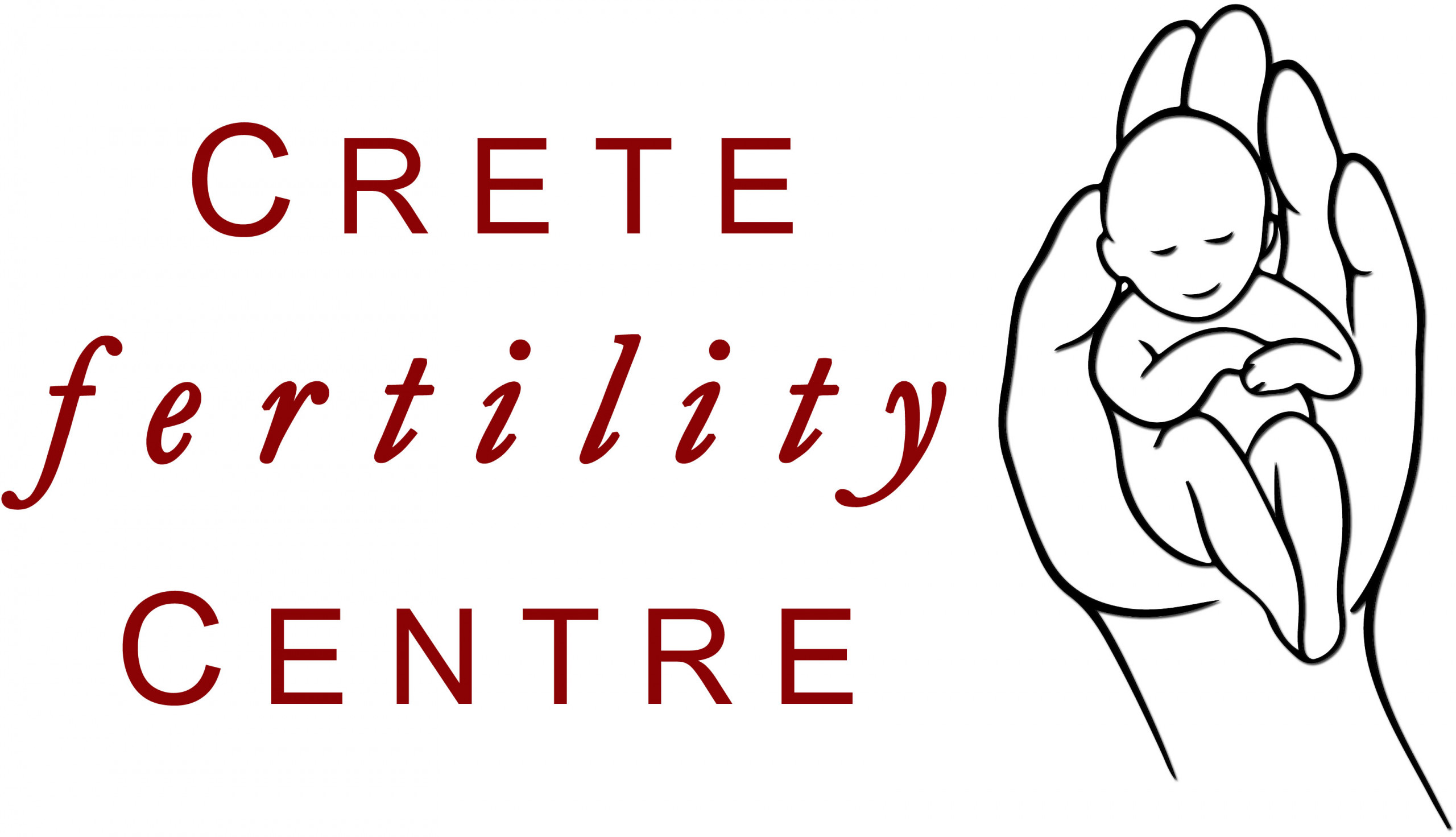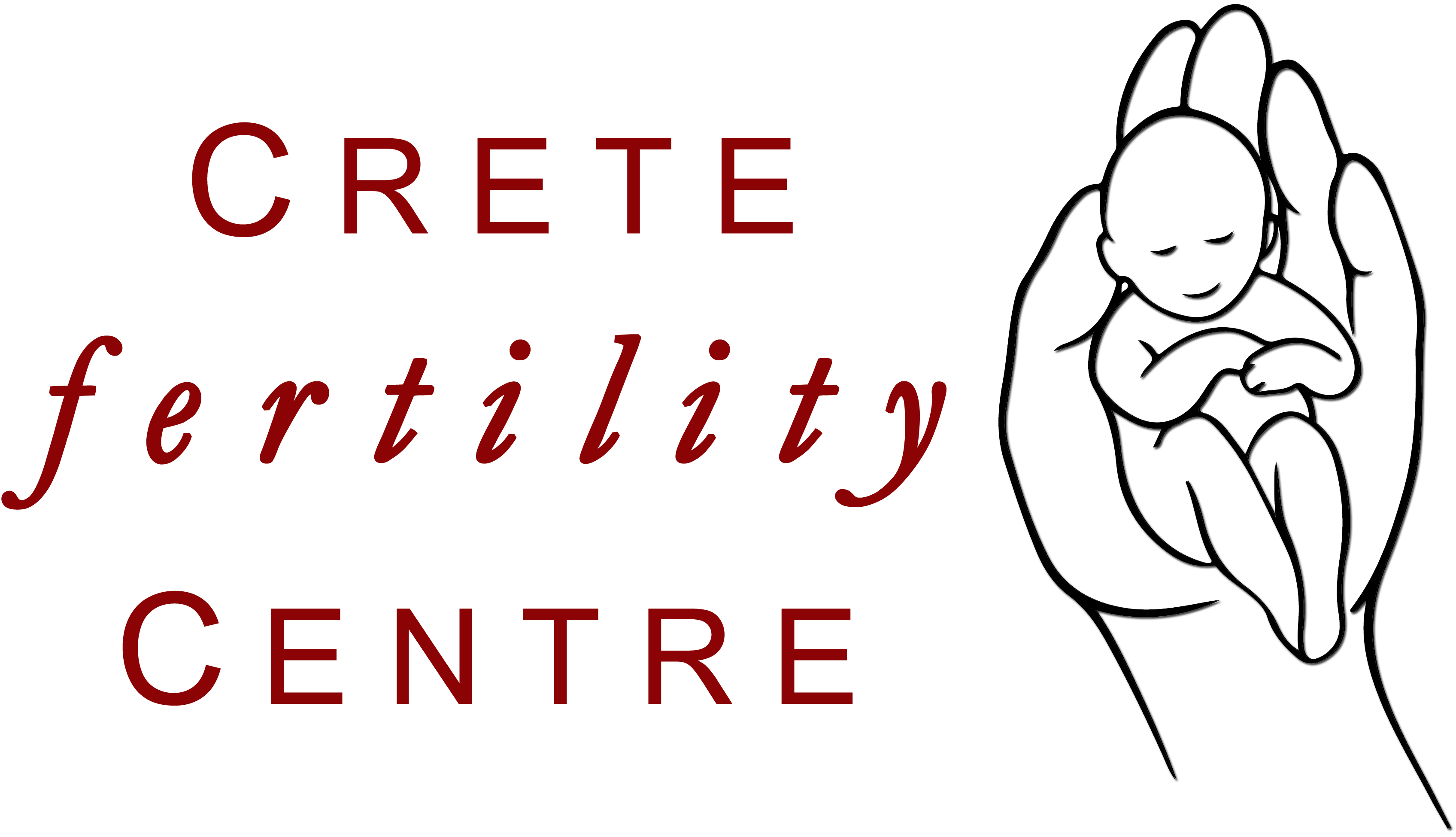Mother… Loading!

New techniques that increase the pregnancy rates after failed IVF attempts.
There are some cases where the repeated In Vitro Fertilization (IVF) failures may be due to either low receptivity of the endometrium or because of the non-coincidence embryo transfer with the “implantation window”, as well as in endometrium’s problems.
There are some women though, undergoing in IVF who fail to conceive in unspecified causes despite the repeated attempts with embryos in good quality. This is called “Recurrent Implantation Failure” (RIF), where the embryo cannot integrate or be implanted in the endometrium. Studies have shown that by causing light injury (irritation) to the sides of the uterus in the 25th or 26th day of the woman’s circle, before the ovarian stimulation starts for IVF, the chances for becoming pregnant increases up to 70. %. It is advisable hysteroscopy be preceded from assisted reproductive techniques in order to ensure the normal anatomy of the maternal cavity, removing any existing adhesions, polyps, etc.
An important method of supporting Infertility treatments is the administration lipoprotein. In particular its use is recommended after more than one unsuccessful embryo transfers. The medical studies which focus on women with infertility problems show that the intravenously lipoprotein administration suppresses the NK cells’ (Natural Killer Cells) activity that is often implicated in unexplained recurrent abortions.
It is estimated that 50% of the failed IVF is caused by implantation weakness. Clinical studies show that the gonadotropin (HCG) infusion into the endometrium before the embryo transfer, improves significantly the chance of the embryo implantation and the rates for a successful pregnancy.
Regarding the control of the embryo, PGD is applied the recent years by the infertility experts in combination with in vitro fertilization which detects genetic disorders before it is transferred to the uterine cavity.
The embryo biopsy is carried out by using a special laser device connected with the microscope which is applied in several steps during the preimplantation development in laboratory.
A chromosomal abnormality might prevent the embryo implantation into the uterus, reducing the chance of a pregnancy. It can also affects its normal development negatively leading to miscarriage.
Over 50% in women aged 35-40 years old exhibit chromosomal abnormalities. This rate might be beyond 90% in women who have crossed the age of 40. Furthermore, experts believe that aneuploidy is the main cause of recurrent abortions.
Recently by the Comparative Genomic Hybridization method (CGH-Array) are controlled all 23 pairs of chromosomes that are in a human cell. This is a new method which is applied in our unit, Crete Fertility Centre, since 2011, in cooperation with top genetic centers.
Mattheos Fraidakis
MD, PHD
Crete Fertility Centre





